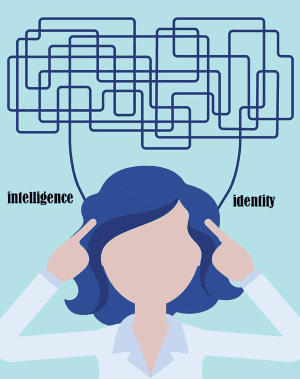Podcast: Play in new window | Download
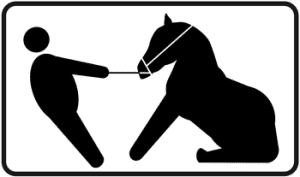 I have an inquiry to engage in, a puzzle to solve, so instead of doing it in my head, I’ll do it in this article…
I have an inquiry to engage in, a puzzle to solve, so instead of doing it in my head, I’ll do it in this article…
The puzzle is resistance. Resistance to guidance, resistance to changing your mind, changing your attitude, changing your behavior, changing where you look from. CHANGE.
To adapt. To using your intelligence. After all, the measure of intelligence is the ability to change.
I am watching Vienna Blood, a series. Some of the scenes are in a mental hospital. Resistance is taken to a whole new level of madness there.
My students are resistant to change.
- They resist. Rigidly.
- Others are seemingly non-resistant, but they are like liquid: they don’t hold any shape I attempt to force on them… but like rubber, they return to how they were. They are the ‘pushing on a string’ type.
And, of course there are all those in-between, a mixture of the two kinds of resistance to change.
If you don’t hold the new altered shape, or not as much as you would like to. then you are in-between.
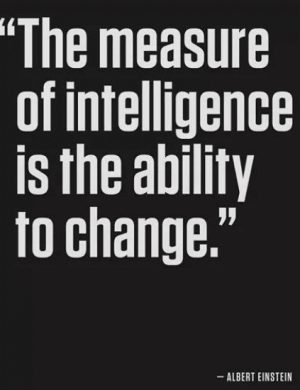 It is not a ‘smartness’ issue, it is an intelligence issue. Einstein supposedly said: the measure of intelligence is the ability to change…
It is not a ‘smartness’ issue, it is an intelligence issue. Einstein supposedly said: the measure of intelligence is the ability to change…
Change what?
change your mind, change your attitude, change your meaning, change your context, change your behavior, change from where you are looking.
- Arrogance makes you rigid… resistant. You may be very smart, but you are not intelligent.
- And the pushing on a string type: you may be not very smart and you may not be very intelligent either.
I can measure the ineffective and not-intelligent attitudes and behaviors…
These are some people I’ve just measured, names omitted for privacy
resistant: 30%. pushing on a string: 70%. No intelligence yet.
resistant: 50%. Pushing on a string: 10%. Intelligence: 30%
resistant: 30%. Pushing on a string: 70%. No intelligence yet.
resistant: 91%. Pushing on a string: 1%. Intelligence: 8%
resistant: 99%. Pushing on a string: 0%. Intelligence: 1%
resistant: 10%. Pushing on a string: 10%. Intelligence: 80%
resistant: 91% Pushing on a string: 0%. Intelligence: 9%
resistant: 0%. Pushing on a string: 100%. Intelligence: %
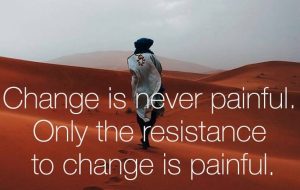 Can you feel that you are resisting? I bet you can. In your muscles? Maybe it is hard to breathe? It is actually causing pain to resist.
Can you feel that you are resisting? I bet you can. In your muscles? Maybe it is hard to breathe? It is actually causing pain to resist.
Every single health problem you have is the result of you resisting. 100%.
The more you resist the harder life is. For you.
- Complaining is resisting
- Saying: ‘it should be different‘, or saying ‘it shouldn’t be‘… is resisting.
- Even saying: ‘I should be different‘ is resisting.
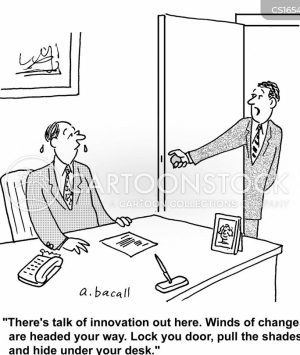 Pushing on a string is pretense… You pretend, as an actor, all to avoid. Avoid anything you don’t like or you don’t want. Cowardice. Pretending to be a ragdoll.
Pushing on a string is pretense… You pretend, as an actor, all to avoid. Avoid anything you don’t like or you don’t want. Cowardice. Pretending to be a ragdoll.
Now, what can I do for clients who have near 100% of combined types of unwillingness to face reality?
Or is it inability?
This is when Source guides me to some book or TV Series…
I am watching and loving the show, Vienna Blood.
One of the main characters of the series is a doctor in 1906-ish Vienna, Austria. He is a follower of Freud… and he has a deep and intimate insight into human behavior and especially human mis-behavior. Resistance. Resisting a memory. Resisting being touched.
Or avoiding… going into unconsciousness to avoid.
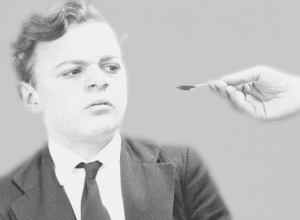 The supposition here is, that the patient at some point experienced something so horrible, real or imaginary, that now they can’t allow anything to come near themselves, nothing that reminds them of that trauma.
The supposition here is, that the patient at some point experienced something so horrible, real or imaginary, that now they can’t allow anything to come near themselves, nothing that reminds them of that trauma.
I’ve had a few traumatic experiences. I healed all of them by going back there. Went back there and took a sideways look at the traumatic incident.
 He guided patients to look at what happened from the sideways view…
He guided patients to look at what happened from the sideways view…
Sideways look is when I move the Observer to the side, to a slightly elevated position, from where what is happening looks different. Must look different. If it doesn’t look and feel different, then it is not a sideways view.
The most important element, is that I don’t take my personality, my history, my ideas, my experience with me to look as the Observer.
So I allow the Observer to know nothing. So it can just look. At reality.
Looking from the side, with sober eyes, nothing is horrible.
So when you see something that is horrible… it is horrible because of what you added.
Obviously, I know because I also add meaning to certain things… like antisemitism. I have a real hard time to look with the innocent Observer at events, movies, books when something I normally take personally is happening.
And the issue is, that the meaning makes me take it personally.
But the connection to me is only in my mind. Not real.
Unless someone comes straight at me with a gun, or knife, or fists… it is not personal.
And when I can stay not attached, when I do not take things personally, I can watch, and I can be well, powerful, effective, and untouched.
So the issue is the connection.
 Connecting the thing, what is happening with you. Connecting the thing with your chances for survival, with your chances to look good, with your chances to be right.
Connecting the thing, what is happening with you. Connecting the thing with your chances for survival, with your chances to look good, with your chances to be right.
So my nearly 100% total resistance clients can’t or won’t bring the Observer’s view to bear… they will not want to release the emotional charge of what happened. They wear it like an armor, a protective armor.
Ultimately they are protecting their illusions. Their illusions about themselves.
And they suffer for their convictions.
![]()
 PS: Some of the insight I am getting as we are trudging forward with the Reality Challenge could be useful for people who don’t play.
PS: Some of the insight I am getting as we are trudging forward with the Reality Challenge could be useful for people who don’t play.
So I am pondering if I should make those public… What do you think? Please share your opinion with me.
PPS: I like this site… especially what it says about the 12-steps programs… that they are change makers. Back in 1988 I did my Playground program as a change-maker and by god, it worked…

